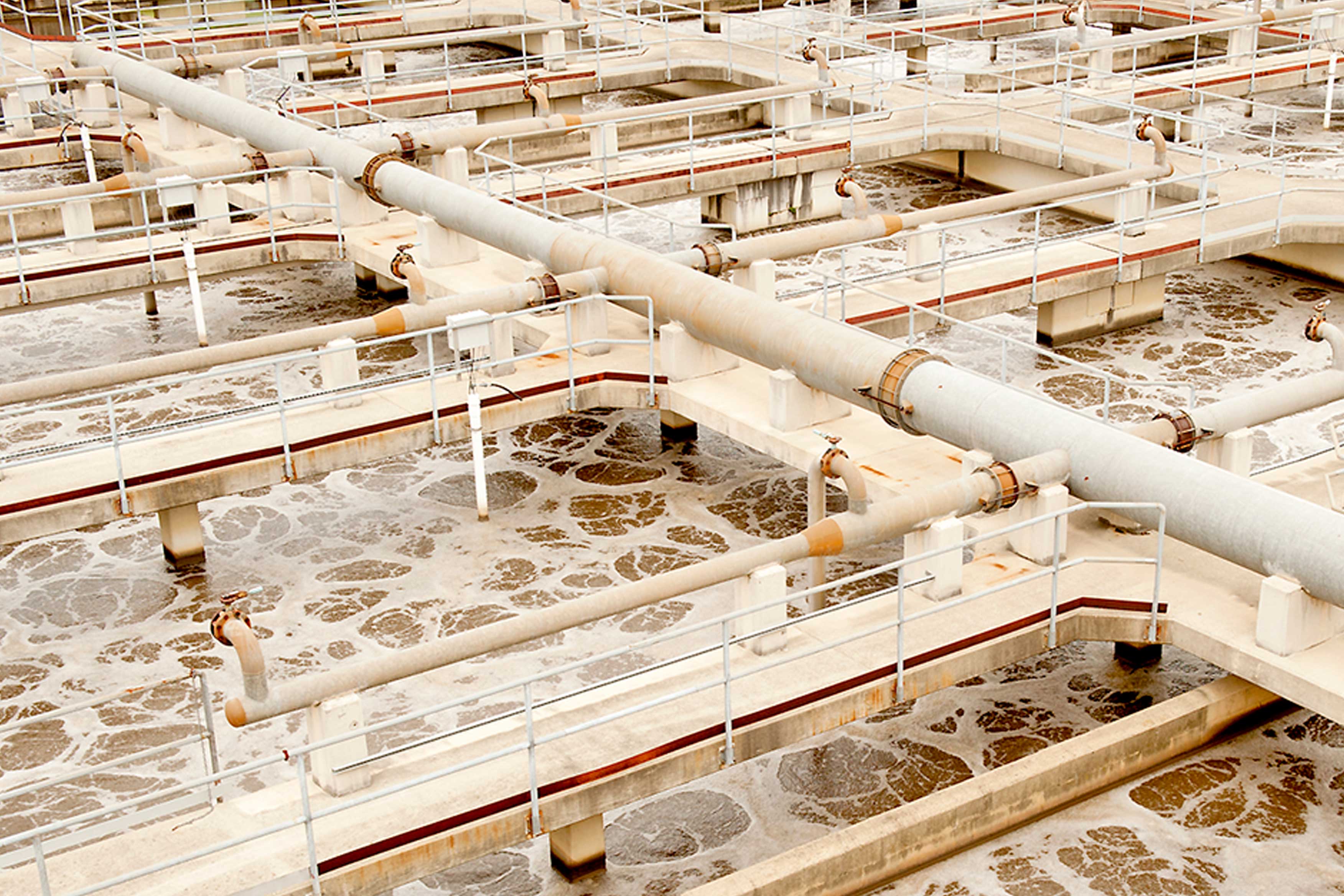 According to the World Health Organization, 1.1 billion people lack access to quality drinking water and sewage treatment, and the situation is expected to worsen due to population growth. In the US, there are 16,150 publicly owned water and wastewater treatment plants that serve about 85% of the population, interconnected through 125,000 pumping stations and 1.9 million miles of piping infrastructure. Together, they process millions of gallons of water per day supporting residential, business and public requirements. Municipalities fall into two basic types including metropolitan and rural. There are 285 metropolitan cities in the US with 100,000 or more residents, the biggest of which is New York City with approximately 8.2 million people. Metropolitan municipalities collaborate with and compete for water resources from adjacent city, county, state and federal stakeholders. The remaining 20,000 US cities are in the rural segment, with small towns, located from the suburbs to remote locations. In fact, nearly 4,000 such communities live off the grid, operating private well, septic tank and wastewater treatment systems, independent of connected infrastructure. Rural municipalities operate autonomously with local planning, resources and decision-making. But no matter their type, size or location, US municipalities face the same basic challenges of aging infrastructure, rising costs, falling revenues and budget shortfalls. To counteract this, cities have reduced municipal staff where possible, and invested into networked automation systems that enable efficient, centralized monitoring and control of water processes from afar. Metropolitan systems are SCADA based and product selection is driven by specifications, derived by architecture and engineering firms such as CH2M or local city engineers. Treatment plant operators closely follow these specifications and purchase from approved vendors lists. Rural systems are PLC based and product selection is more so done by plant operators who have greater flexibility in purchase decisions. Both communities are dedicated, relationship driven, and supported by a contractor, system integrator and OEM supply base. Level measurement solutions are required throughout municipal water and wastewater treatment processes, including pump lift station, bulk storage, clarifier, chemical feed, reservoir, canal and open channel flow applications.
According to the World Health Organization, 1.1 billion people lack access to quality drinking water and sewage treatment, and the situation is expected to worsen due to population growth. In the US, there are 16,150 publicly owned water and wastewater treatment plants that serve about 85% of the population, interconnected through 125,000 pumping stations and 1.9 million miles of piping infrastructure. Together, they process millions of gallons of water per day supporting residential, business and public requirements. Municipalities fall into two basic types including metropolitan and rural. There are 285 metropolitan cities in the US with 100,000 or more residents, the biggest of which is New York City with approximately 8.2 million people. Metropolitan municipalities collaborate with and compete for water resources from adjacent city, county, state and federal stakeholders. The remaining 20,000 US cities are in the rural segment, with small towns, located from the suburbs to remote locations. In fact, nearly 4,000 such communities live off the grid, operating private well, septic tank and wastewater treatment systems, independent of connected infrastructure. Rural municipalities operate autonomously with local planning, resources and decision-making. But no matter their type, size or location, US municipalities face the same basic challenges of aging infrastructure, rising costs, falling revenues and budget shortfalls. To counteract this, cities have reduced municipal staff where possible, and invested into networked automation systems that enable efficient, centralized monitoring and control of water processes from afar. Metropolitan systems are SCADA based and product selection is driven by specifications, derived by architecture and engineering firms such as CH2M or local city engineers. Treatment plant operators closely follow these specifications and purchase from approved vendors lists. Rural systems are PLC based and product selection is more so done by plant operators who have greater flexibility in purchase decisions. Both communities are dedicated, relationship driven, and supported by a contractor, system integrator and OEM supply base. Level measurement solutions are required throughout municipal water and wastewater treatment processes, including pump lift station, bulk storage, clarifier, chemical feed, reservoir, canal and open channel flow applications.





